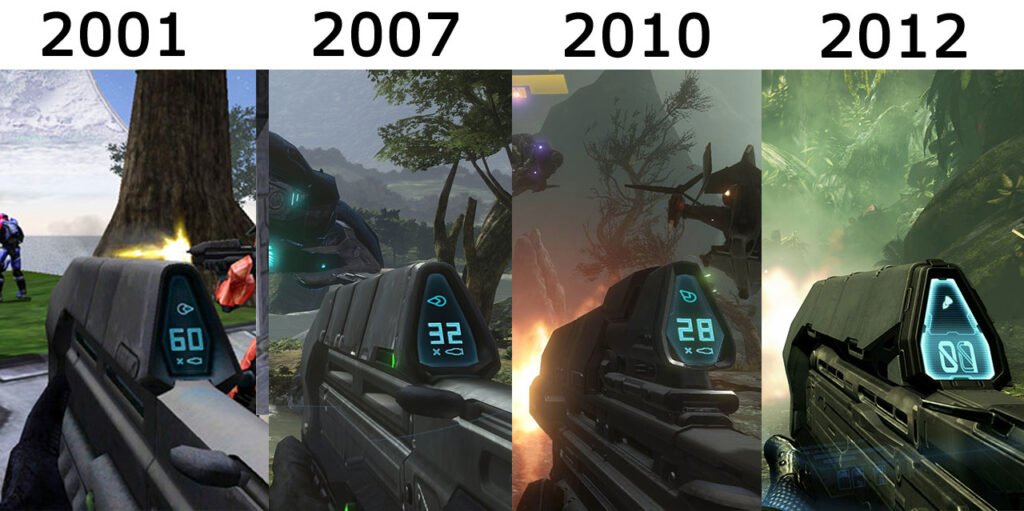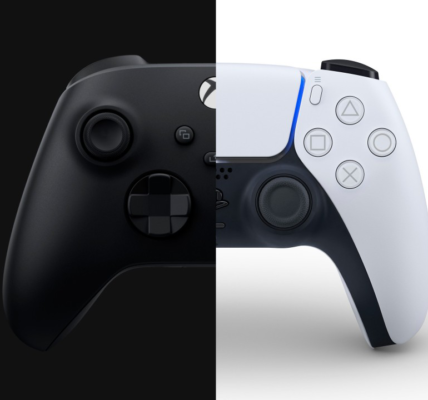Game design is a multidisciplinary field that encompasses creativity, technology, and user experience. In recent years, advancements in technology have revolutionized the way games are designed, developed, and experienced. This article explores how technology influences game designers and shapes the gaming landscape.

Graphics and Visual Realism of game design
Technology has propelled game graphics to new heights of realism and immersion. High-definition rendering, advanced lighting effects, and realistic physics engines enhance the visual fidelity of games, creating immersive worlds that captivate players’ imagination. Technologies like ray tracing and real-time rendering enable developers to create visually stunning environments that blur the line between fantasy and reality.
Virtual Reality (VR) and Augmented Reality (AR)
VR and AR technologies have introduced innovative ways to interact with games and virtual environments. VR headsets transport players into immersive worlds where they can experience games from a first-person perspective, fostering a sense of presence and immersion. AR overlays digital elements onto the real world, blending virtual and physical experiences in games like Pokémon GO and Minecraft Earth. These technologies offer new avenues for creative game designers and storytelling, pushing the boundaries of player engagement and interactivity.
Artificial Intelligence (AI) and Procedural Generation
AI algorithms and procedural generation techniques empower game designers to create dynamic and responsive game worlds. AI-driven characters and NPCs exhibit lifelike behaviors, enhancing immersion and creating memorable gaming experiences. Procedural generation algorithms generate vast, procedurally generated worlds with unique landscapes, quests, and challenges, ensuring that no two playthroughs are the same. These technologies enable developers to create expansive and dynamic game environments that adapt to player actions and preferences.
Cloud Gaming and Streaming Services
Cloud gaming platforms and streaming services leverage cloud computing technology to deliver high-quality gaming experiences to players across various devices. Players can access games instantly without the need for expensive hardware or downloads, streaming games directly from remote servers. Cloud gaming services like Google Stadia and NVIDIA GeForce Now offer unprecedented flexibility and accessibility, enabling players to enjoy console-quality gaming experiences on smartphones, tablets, and smart TVs.
User-Generated Content and Community Engagement
Technology has democratized game development, allowing players to create and share their content with the gaming community. User-generated content platforms and modding tools enable players to customize and extend their favorite games, fostering creativity and community engagement. Games like Minecraft and Roblox empower players to build and share their virtual worlds, blurring the lines between player and creator. These platforms cultivate vibrant and active communities, driving long-term engagement and sustainability.
Conclusion of game design trough technology
Technology continues to play a pivotal role in shaping the landscape of game design and development. From cutting-edge graphics and immersive technologies to AI-driven experiences and community-driven content creation, technology empowers game designers to push the boundaries of creativity and innovation. As technology evolves, game designers must embrace new tools and techniques to create compelling and immersive gaming experiences that captivate players’ imaginations and redefine the possibilities of interactive entertainment.




